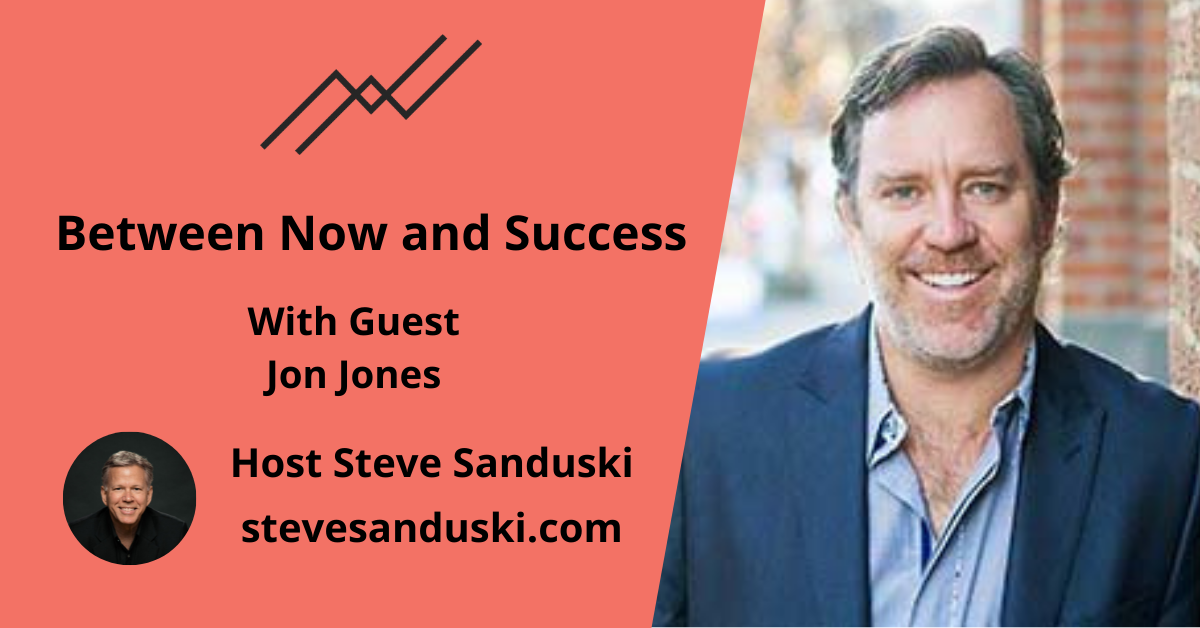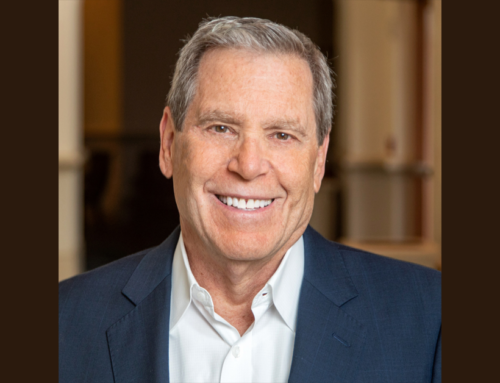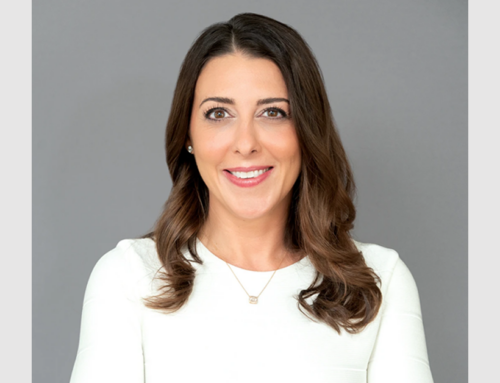How long could your business survive without you? For Jon Jones of Brighton Jones, is was at least a year.
For financial advisors, I think that’s really two questions in one. Part one is a question of scale. Part two is a question of how you want to connect with your clients, build a sense of community, and run a modern advisory practice.
Brighton Jones is one of the top fee-only wealth management companies in the country, and one of Washington’s 100 Best Companies to Work For seven years in a row. Brighton Jones also placed on Barron’s List of the Top 100 Independent Financial Advisors, and Forbes’ List of the Top 50 Wealth Advisors.
And they racked up these accolades, in part, while the CEO was on a year-long jaunt with his family that covered 35 countries.
My guest today, Jon Jones, is the CEO of Brighton Jones. We talked about how he prepared his company to run without him for a year, why financial advisors should put more focus on revenue and less on AUM, and how his firm divides up responsibilities between business development and advising clients to achieve scale without sacrificing the Life-Centered Planning experience.
5 Insights from Jon Jones
1. Put the right team and processes in place.
“In preparation for my trip, I had hired around me a lot of managers to help implement and develop more of the processes to help us scale the business. I unplugged, really forced all of our management team to make decisions around all the different parts of the businesses, the technology and the finance and accounting, all the operations groups, so there wouldn’t be a backstop on making decisions and executing around the business.”
2. Get good people working for you, and keep them. Get clients, and keep them.
“I created a framework to say, ‘I’m not going to leave our business until I know we have at least one person that I’ve hired that is just thinking about the strategy around getting people, keeping people, getting clients and keeping clients.’ As long as I had a really solid COO who was overseeing all of operations, I felt fine about taking off for a year. But from the strategic standpoint, I felt like having somebody in charge of ‘get keep’ was super important, and still is.”

Jon Jones: If you’re servicing clients only on investment management and not on a comprehensive life plan, then that’s a dying business.
3. The old AUM model is “dying.”
“If you’re trying to provide a fee based on assets under management and only provide investment management, I just think that’s a dying business. There’s certainly not as much value in that as what we’re providing relative to the ‘personal CFO,’ total balance sheet approach to managing the client’s life plan versus a fee for investment management.”
4. AUM doesn’t pay the bills.
“I’m in a study group with a number of other CEOs, and when they talk about AUM, I say, ‘You do not pay people based on your AUM. You pay people, you pay your rent, you pay your marketing, you pay everything from a budget based on revenues.’ I pay very little attention to AUM, other than the fact that the industry seems to want to talk about it a lot, and so we do track it. But we don’t do any planning based on AUM. We do all of our planning based on revenue.”
5. Separating business development and client advisement is the best for both.
“The way we compensate our business development group is, if their primary role is lead generation, then their primary source of compensation is going to be from getting people to the top of the funnel. On the client-side, advisors primarily are compensated for keeping clients, and they get a spiff for lead gen.
We pay out 50% of all new business revenues on the business side. So in other words, if last year, from client referrals and self gen and other parts of the business, we had roughly $4 million in new client revenues, we’ll pay out around $2 million of that in compensation to the business development team. A million of that was probably in the form of a base comp, and the other million was variable.
If you’re in sales facilitation, you probably have a bigger base and a smaller incentive piece. And if you’re in a lead generation role, you probably have a higher incentive piece than the base, but your upside is probably a lot higher. You had lot more at risk, whereas if you’re basically taking somebody through the process, you have a higher base relative to your incentive comp. But you’re still getting a bonus based on hitting the overall number.”
Resources
- Brighton Jones Visit Jon and his team online.
- “The E-Myth Revisited” by Michael Gerber. Jon drew on ideas from this book as he was preparing his business to survive without him.
- “Traction” by Gino Wickman. Jon recommends this book on “The Entrepreneurial Operating System, a practical method for achieving the business success you have always envisioned.”
- “Emotional Intelligence 2.0” by Travis Bradberry. Jon calls this “a really, really great read, and a study guide for personal and social competence.”
- “The 15 Commitments of Conscious Leadership” by Jim Dethmer. This book was a big influence on the culture that Jon developed at Brighton Jones.
- Values Clarification Toolkit Click here to download this FREE tool and start living your values.





